During the fierce war years, generations of VNA journalists devoted themselves to the country, many heroically sacrificed their lives to keep the news flowing.
The country has had 50 years of peace , the war is increasingly distant, but the sacrifices, losses, and hardships that previous generations of journalists have experienced will be unforgettable moments.
Working in U Minh
Journalist Le Nam Thang, former reporter of the Liberation News Agency, shared that he belongs to the fourth generation to supplement the news and press department of Rach Gia province, after leaving the Southwest region news and press reporter training course in 1972.
Until now, he still keeps some news reports written on A4 paper folded in half, with the date written, the date broadcast to the General Office and the radio code Minh Ngu Rach Gia POP3, which have faded with time.
Those were actually handwritten pieces of paper in the corner of the forest, or in the trenches of a battle, to arrange the events in a clear and concise manner with the motto of being as quick as possible to make it to the Liberation News Agency (LPA). At that time, he had almost no idea what the LPA was or who it consisted of.
Because, before attending the Southwest region news reporter training course in 1972, he was a writer, printer, and also a district-level news publisher.
As time went by, journalist Le Nam Thang was assigned to go and write about other areas. In addition to the liberated areas, there were also suburban areas and areas temporarily occupied by the enemy, mainly in the districts of Go Quao, Chau Thanh, Giong Rieng, An Bi, and Vinh Thuan.
Thanks to that, in addition to news, he also had a series of articles, memoirs, and reports, typically: The Battle of U Minh, The Words Return to Xeo Gia Children, or The Decision to Keep the Rice Seeds of My Homeland... promptly reflecting the reality of life and fighting of the army and people, denouncing the crimes of the enemy.
News and articles broadcast on Liberation Radio, published in Liberation Newspaper and Rach Gia Victory Newspaper were timely and encouraging, and were warmly received by listeners.
Journalist Le Nam Thang said that the war with his pen really began for him when he was assigned to the district of Giong Rieng, one of the key battlefields at the time when the Peace Agreement was signed in late 1973 in Paris.
To protect the Saigon puppet government's headquarters in the 4th tactical zone in Can Tho , a small triangle area bordering the three provinces of Rach Gia (Kien Giang), Chuong Thien (Hau Giang), Phong Dinh (Can Tho), the enemy concentrated 45 battalions here, with all kinds of military branches. There were units of our army that fought more than thirty battles in a month, with many victories but also many sacrifices and injuries.
As for the war correspondent team, in addition to journalist Le Nam Thang, there were also photojournalist Le Ngoc, chief telegrapher Nguyen Thanh Ha, and telegrapher Vo Van Tram.
The reporter team spent many days and months without a stable place to live, all their daily necessities and working equipment were on their shoulders. Their main task was to write news and take photos, but they also had to fight to survive, but news and articles were regularly sent to Vietnam News Agency (VNTTX), some photos were exhibited, sent to newspapers...
“Remembering the battle in which local troops from Giong Rieng district raided and destroyed the military sub-region and fortifications in Hoa Hung commune. That afternoon, we sent a message right in the middle of the M113 armored encirclement, and luckily escaped death. In the battle of D20 (Cuu Long Regiment), we raided and destroyed the Ba Ho military base in Vinh Hoa Hung commune, North of Go Quao district. We sent a message less than 300m from the battlefield, right on the bank of Cai Be river,” journalist Le Nam Thang recalled.
Journalist Le Nam Thang said: “I still remember the sky was filled with planes, cannons were firing continuously, deafeningly, Thanh Ha sat behind me in a half-dry, half-wet field fortification, outside the tunnel mouth, Vo Van Tram was holding a gun to keep watch. Whenever I could write a few dozen words, I would pass them on to Thanh Ha who was on the air and forward them.”
Yet the 1,200-word report "Destroying the Ba Ho military base, the last stronghold located in the triangle bordering the three provinces of Rach Gia - Chuong Thien - Phong Dinh" was broadcast in its entirety.
Another surprise was that same afternoon, the Liberation Radio broadcast the full report. The people in the area were extremely excited. Artillery Battalion Commander Lam Van Chuong, who directly commanded the raid that day, personally invited us to a dinner without lights, with lemongrass braised chicken.
Tragically, he died less than a week later, in a raid on the Ngoc Chuc military district.
Journalist Le Nam Thang shared that his fourth generation was fortunate enough not to have to endure the pain of being wiped out by the enemy again, but the sacrifices and losses during the course of their work were inevitable, due to the ferocity of war.
How can we forget the eldest brother, the talented journalist Trung Vu who sacrificed himself and lay down on Hon Dat; journalists Hoang Hao and Viet Hung who lay down on the banks of the Cai Lon River; journalist and artist Nguyen Van Cong (Bay Truyen) who sacrificed himself while still carrying a backpack full of news bulletins on his back; journalists Truong Xuan and Le Van Hoang who sacrificed themselves while holding both a pen and a gun and lay down on the edge of the U Minh Thuong forest.
There are still many people who lost body parts, were imprisoned in Con Dao, Phu Quoc, were exposed to Agent Orange, and the consequences still haunt them to this day...
"The country has been at peace for 50 years, which means that war is increasingly fading into the past. But the sacrifices and losses, the hardships that the previous generation of journalists had to endure to contribute to the establishment of the GVN, we, the living, will certainly never forget," journalist Le Nam Thang emotionally shared.
Journalist Dinh Quang Thanh, former reporter for VNA, shares stories about his days participating in the Ho Chi Minh campaign. (Photo: Phuong Lan/VNA)
Close like "brothers in one family"
Recalling his days as a war correspondent at the Vietnam News Agency (VNA), journalist Nguyen Dinh said he was a military news reporter (under the staff of the Propaganda Department, General Department of Politics of the Vietnam People's Army).
But since its establishment, all assignments, combat activities, professional training... have been closely linked to VNA, as an inseparable part and operating like a department of VNA. Journalist Do Phuong - Deputy Editor-in-Chief of VNA at that time was the one who signed the papers allowing him to work at the front lines.
According to journalist Nguyen Van Dinh, during his 30 years working at VNA, he and the reporters of the Military News Department have been close like "brothers in a family" and have many memories with reporters and editors of VNA.
Especially with reporters from the Domestic News Editorial Board and the Photo Editorial Board.
VNA equipped the Military News Agency reporters with cameras and film to work and transmit news, articles and photos to VNA for use. “At that time, we went everywhere together, rolling into the most difficult and fierce places to collect information, take photos and have hot news articles and photos, ensuring the fastest information delivery. VNA was always the second home for our group of Military News Agency reporters,” journalist Nguyen Van Dinh recalled.
According to journalist Nguyen Van Dinh, during the General Offensive and Uprising in the Spring of 1975, along with other reporters, many brothers of the Military News Department participated in the campaign and were present in different wings advancing to Saigon and recorded important historical moments of the nation.
On the historic moment of April 30, two reporters, Dau Ngoc Dan and Hoang Thiem of the Military News Agency, were among the first reporters to arrive at the Independence Palace. They took historic photos such as the moment Duong Van Minh surrendered...
To bring the original images and documents to Hanoi, the two reporters Hoang Thiem and Ngoc Dan asked a driver of the puppet army at that time to take them to Da Nang, then boarded a plane to Hanoi, bringing all the documents and films just two days after the liberation.
Sharing his feelings when invited to attend the meeting at VNA on April 24, journalist Nguyen Van Dinh said: “This meeting is extremely meaningful, a moment that we have been looking forward to. I have been a VNA reporter for 30 years, and have been loved by my uncles and aunts at VNA, who have treated me like their children and grandchildren, and have supported and created favorable conditions to help me a lot in my work.
Later, when we grew up and became officers of the Propaganda Department, our feelings for VNA were always very special, close, and inseparable like brothers in one family”./.
(Vietnam+)
Source: https://www.vietnamplus.vn/50-nam-thong-nhat-dat-nuoc-nhung-nam-thang-khong-the-nao-quen-post1034595.vnp


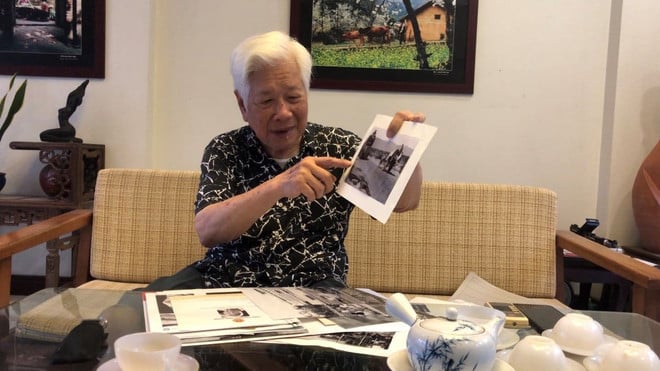



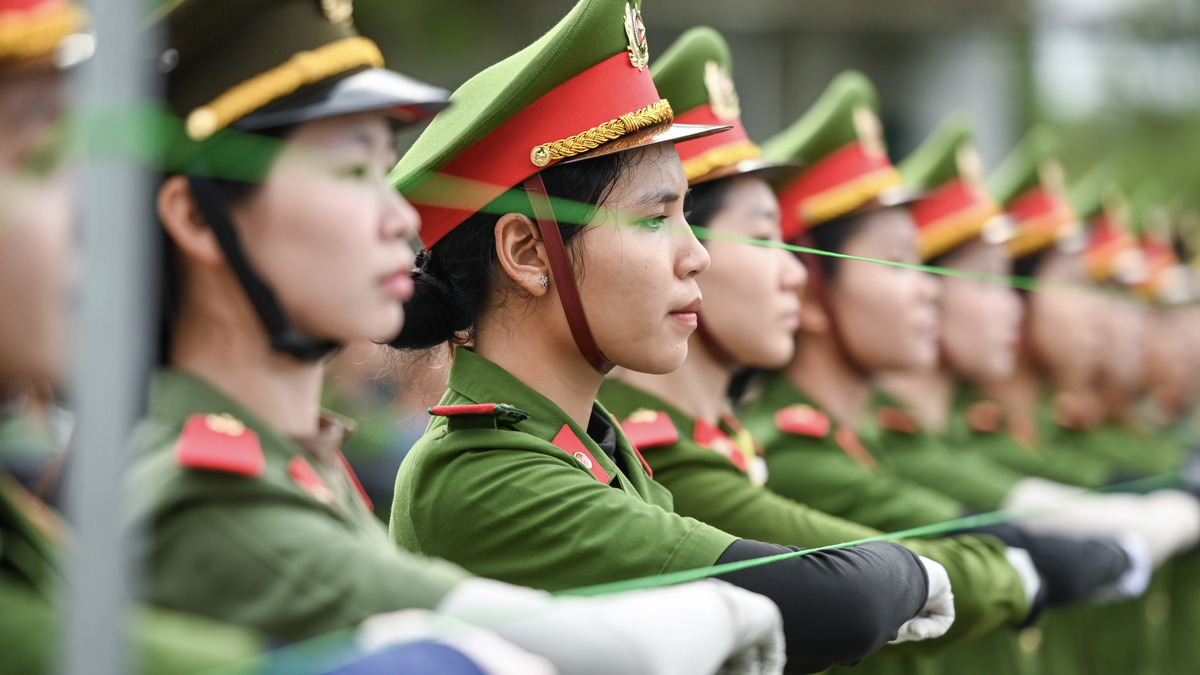


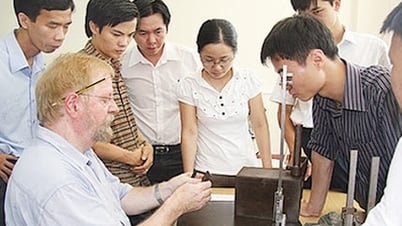

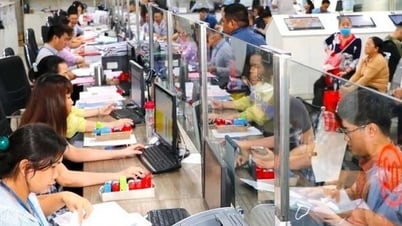

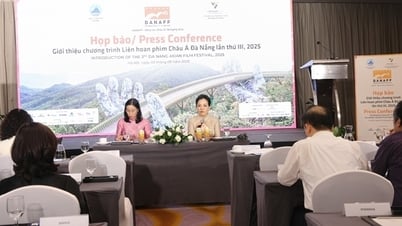


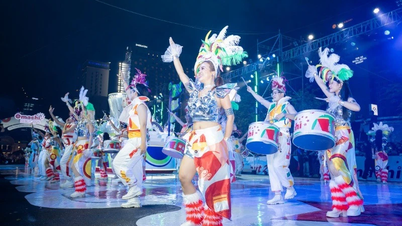



























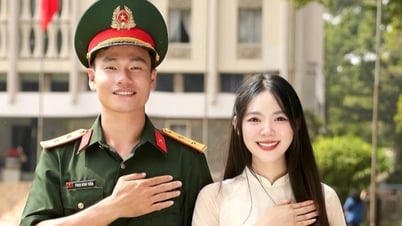



















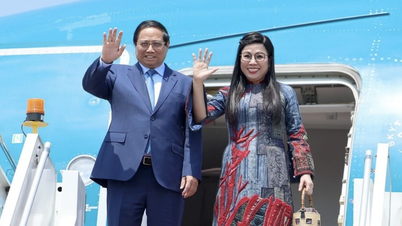
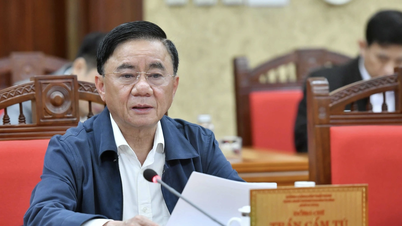
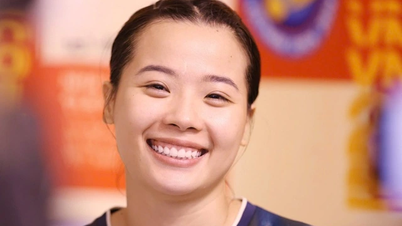
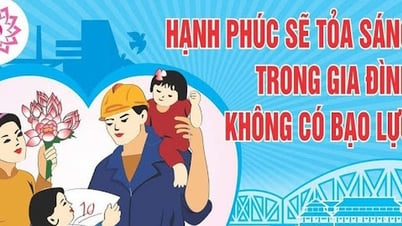

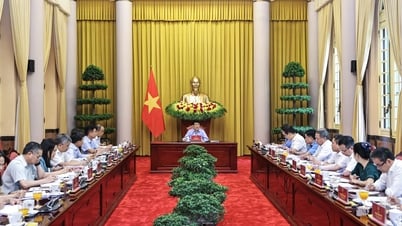


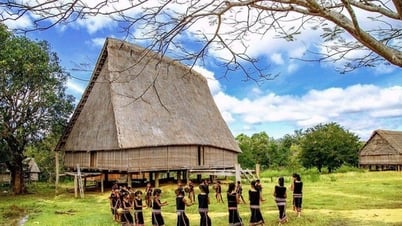

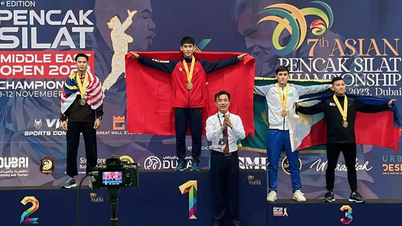
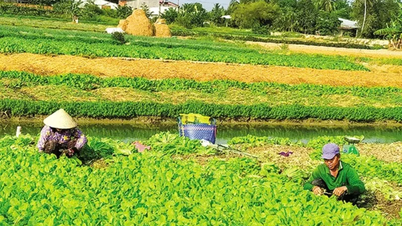

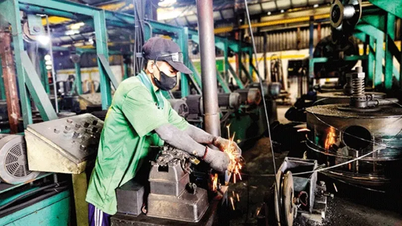


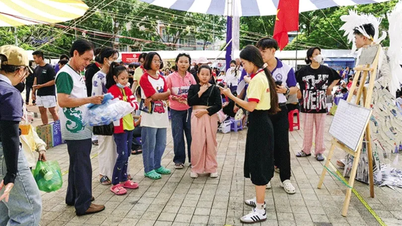
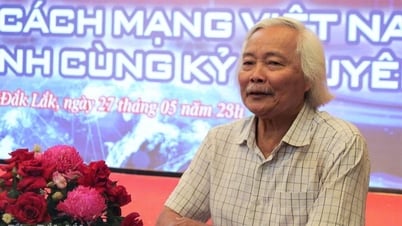

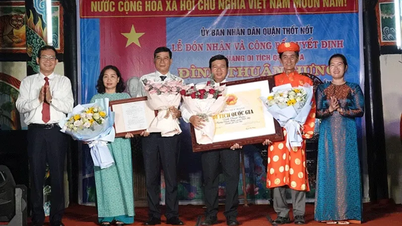











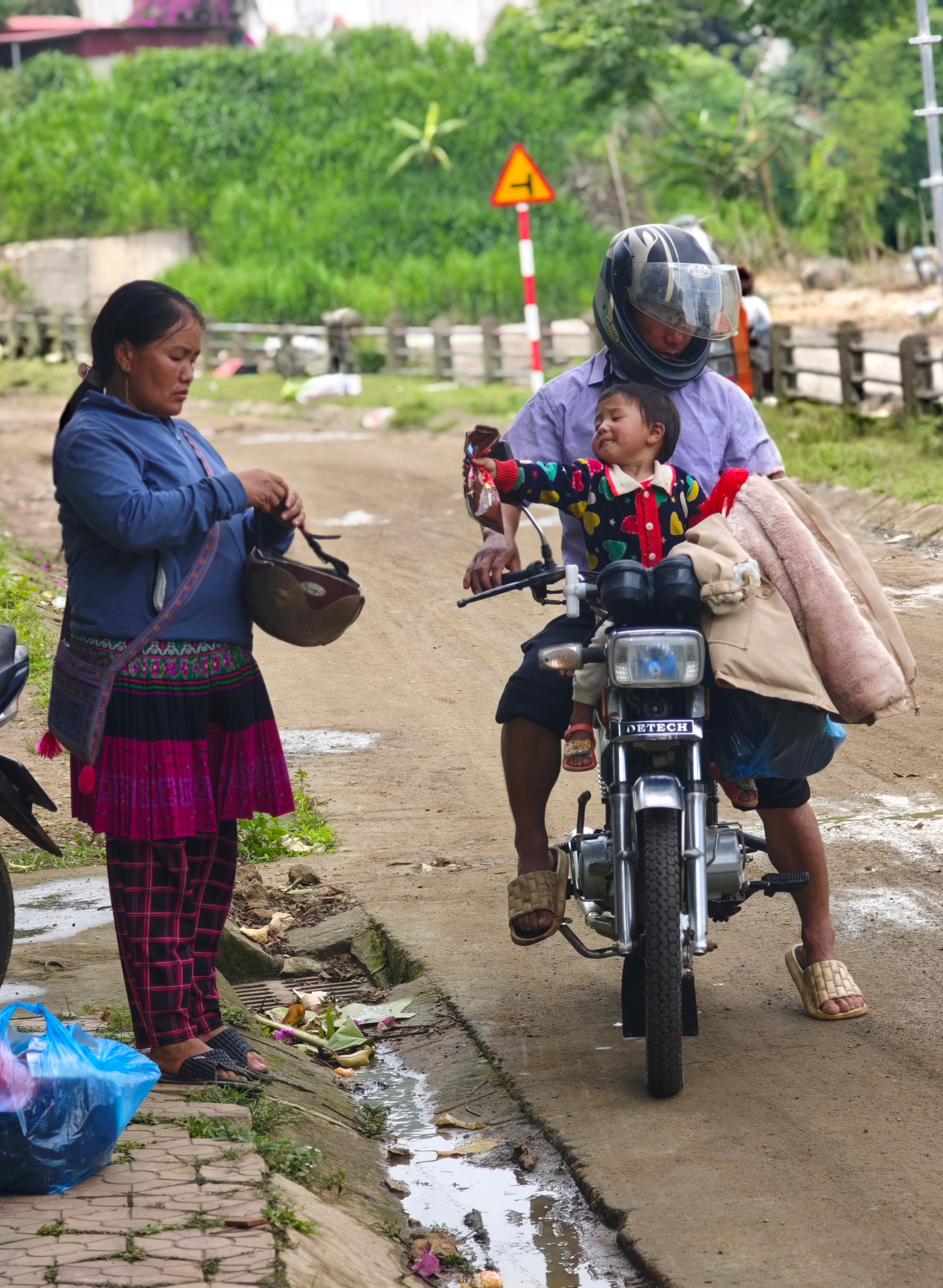
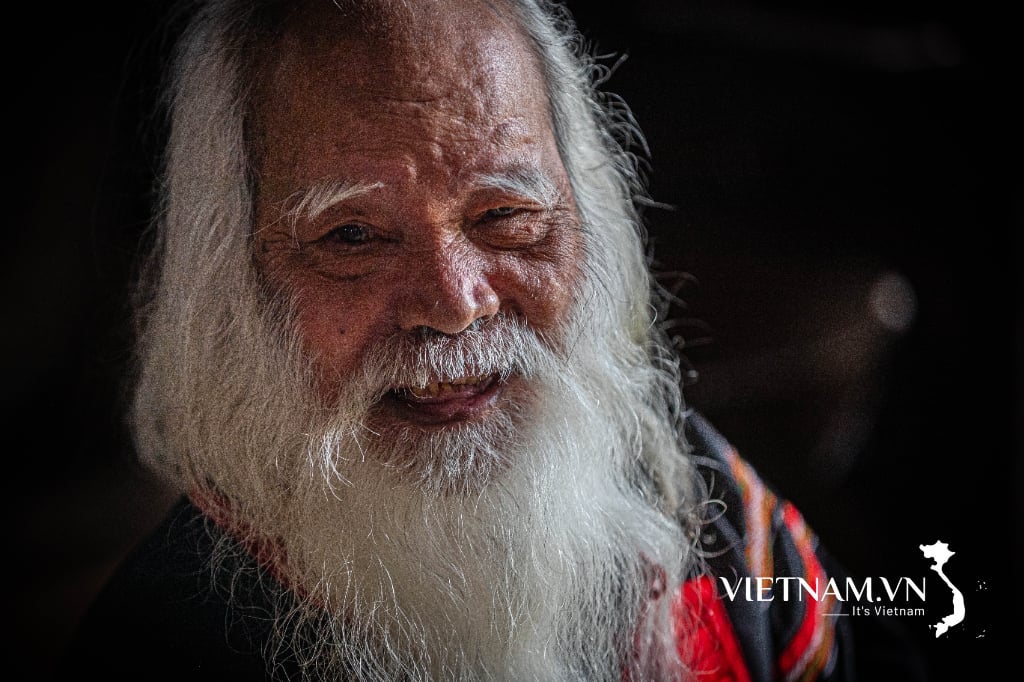
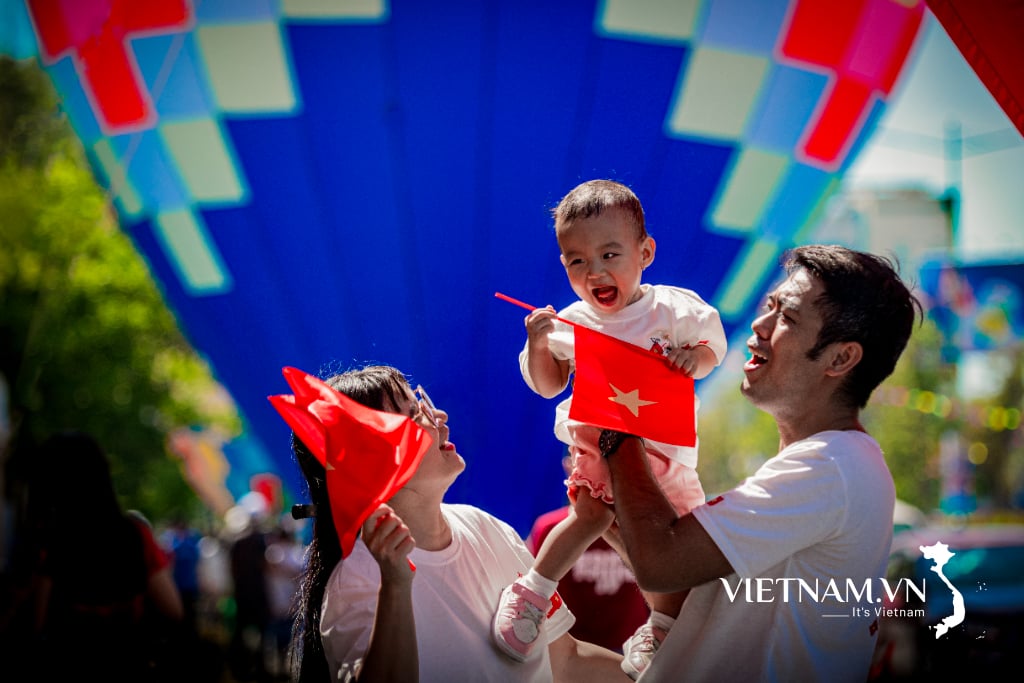
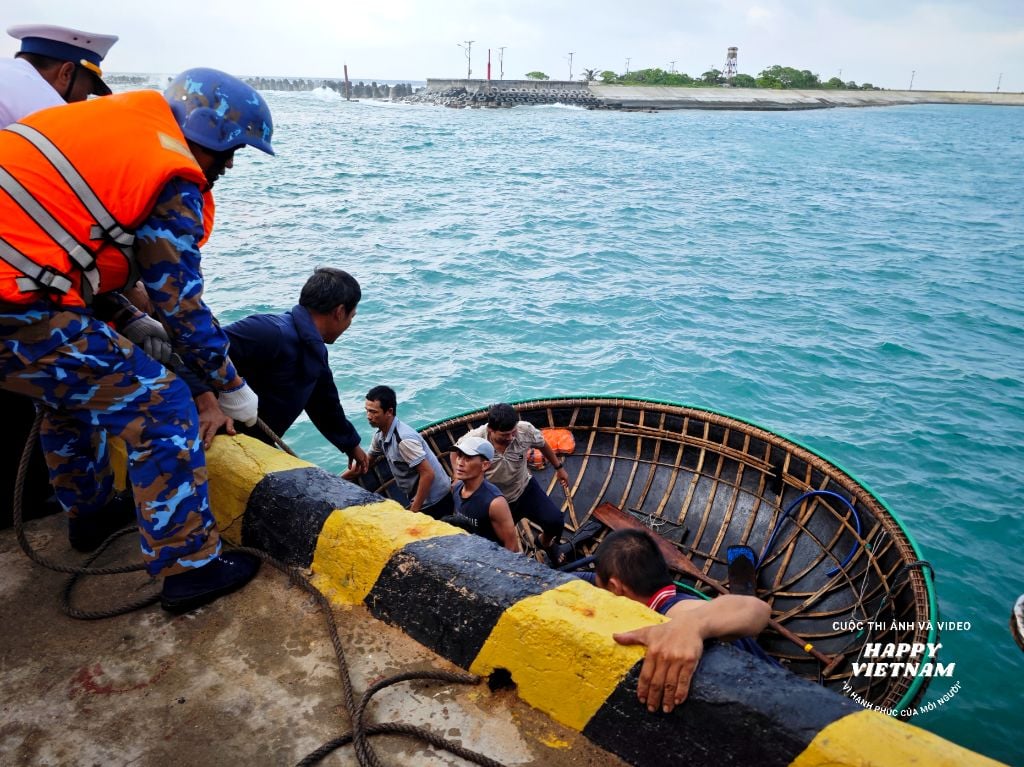
Comment (0)